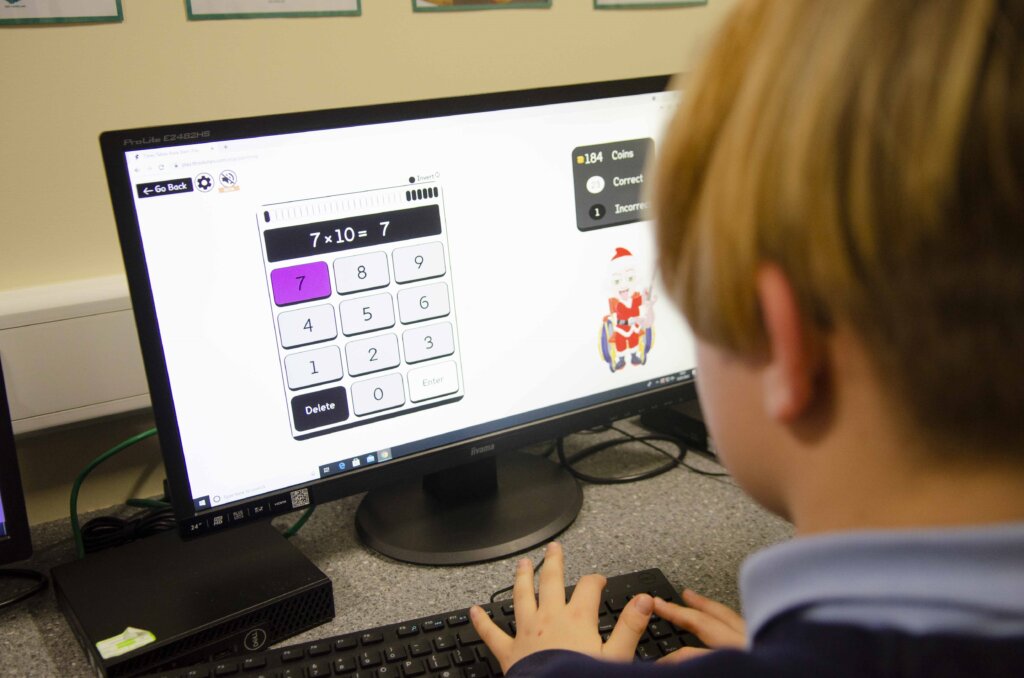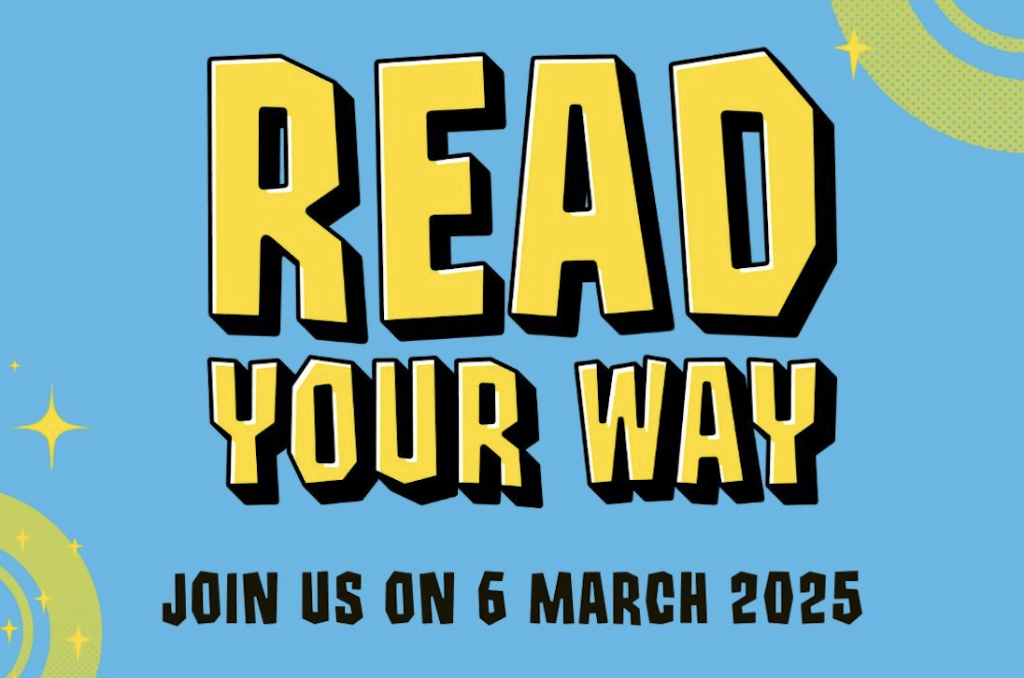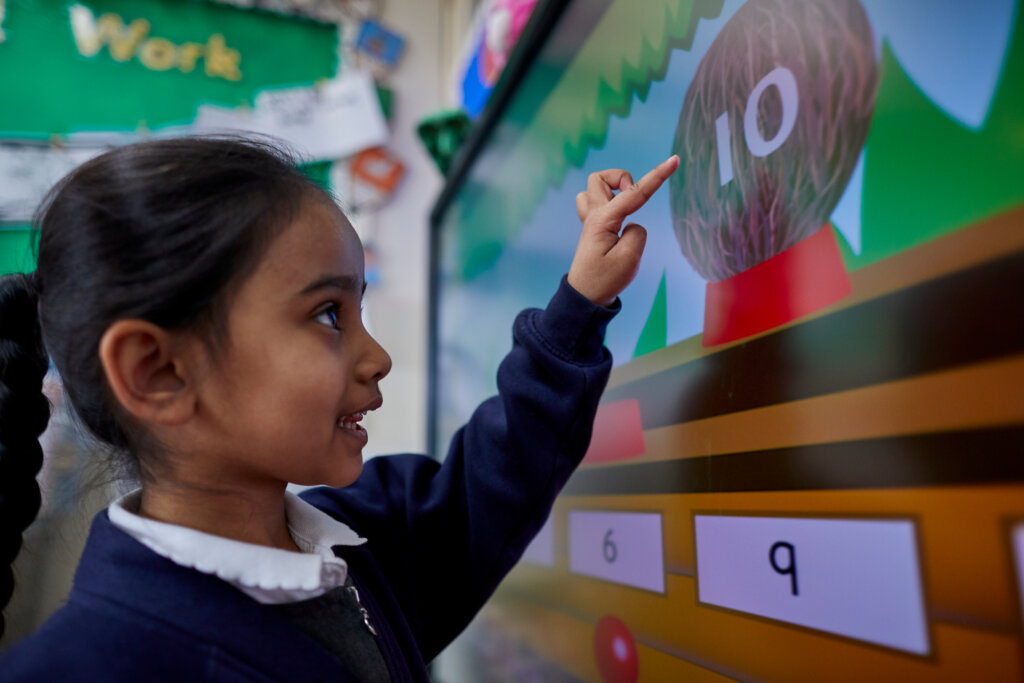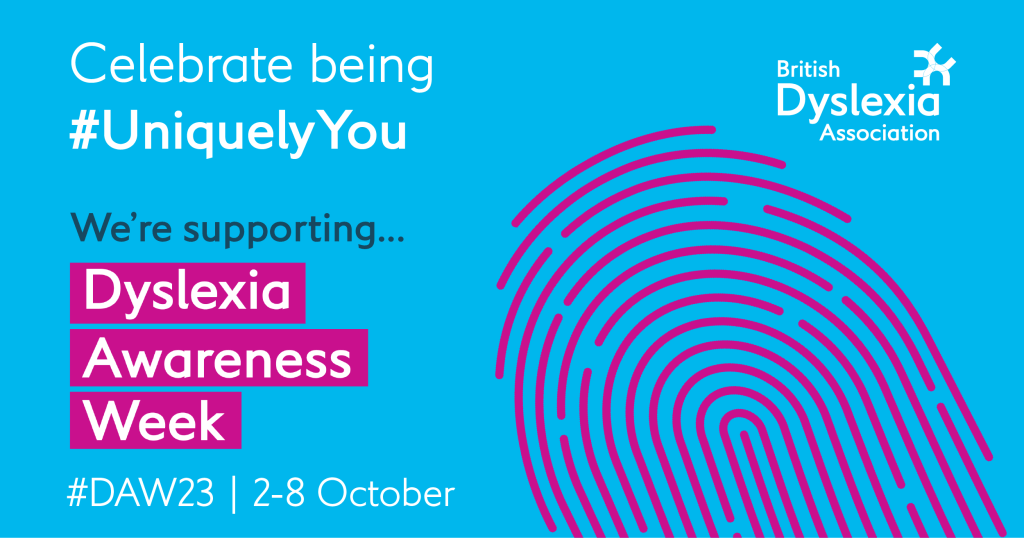At One Education, we recognise that dyslexia can affect individuals in different ways, bringing a unique set of strengths and challenges to each person. Sometimes, this can make it difficult to identify the signs. But early identification is essential to help children achieve their full potential. Keep reading this blog to learn how to recognise the signs.
What is Dyslexia?
Dyslexia is a language-based learning difficulty. Pupils with dyslexia may find reading, writing and spelling trickier than their peers with each person experiencing their own set of challenges. In every case, dyslexia is a lifelong condition.
Importance of Early Identification
Dyslexia can often be missed or misinterpreted, meaning that children do not get the support they need. As a result, they will likely fall behind their peers as they struggle to meet expectations in reading, writing and spelling. Individuals with dyslexia may also experience difficulties with memory and organisation. In a school environment, this might mean that pupils often leave their desks untidy, or forget to bring their homework to class.
When these mistakes occur, children may be blamed for not trying hard enough, or not listening to instructions. But often, children will feel equally frustrated with themselves. Research suggests that children with dyslexia often struggle with low self-esteem, depression and anxiety. Some may display challenging behaviours in the classroom, whilst others simply become withdrawn and disengaged from learning.
Ultimately, early identification is crucial to ensure children with dyslexia can get the help they need. When dyslexia is identified early, we can address the challenges that children face, whilst shining a light on their strengths and boosting their self-esteem.
Signs of Dyslexia
Consider if your pupils are showing any of the following signs. Remember, not every child will experience dyslexia the same way. But if you see a child consistently struggling in these areas, consider that they might have dyslexia or another learning difficulty that needs to be addressed.
- Reading
When a child is reading aloud, do you notice their reading seems slow or hesitant? Perhaps they keep losing their place and missing out lines. The child may also find it difficult to blend letters together and make unusual pronunciations. They can fail to recognise familiar words, or forget what they have read just moments before. Also consider the child’s attitude towards reading – whilst many children with dyslexia enjoy being read to, they may find reading books themselves boring or even frustrating.
- Writing
Have you noticed that a child’s standard of written work doesn’t seem to match their oral ability? Their writing is messy and scattered with crossings-out, poorly formed letters, and misspaced words. They seem to have poor pencil grip and cannot write in a straight line, or keep close to the margins. Maybe they struggle to copy down information from the board, or get their thoughts down on paper.
- Spelling
Children with dyslexia can often make spelling mistakes that do not reflect their age or ability level. Consider a single piece of writing – do you notice that they have spelt the same word inconsistently several times? Are they confused by letters that look similar, such as ‘b’ and ‘d,’ or ‘p’ and ‘q’? Children may also make anagrams out of words, or try to spell phonetically. Remember, some children with dyslexia can successfully memorise words for their spelling test – but this may not reflect their spelling ability in pieces of work!
- Skills
Although dyslexia is a language-based learning difficulty, it is not uncommon for children with dyslexia to also experience issues with motor skills, memory, and organisation. Therefore, look out for other challenges – do they have difficulty tying their shoe laces or catching a ball? Are they confused by the difference between left and right? Perhaps they struggle to stick to routines, or remember important dates. These behaviours can be another tell-tale sign that a learning difficulty is present.
Next Steps
If you see a child struggling with these difficulties, it is vital that you inform the SENDCo and carry out a discussion with parents to consider the next steps. The SEND Code of Practice states that meeting the needs of a pupil with dyslexia does not require a diagnostic label or test. Instead, teachers are responsible for monitoring the pupils’ progress and putting support in place.
Remember, dyslexia is frequently associated with emotional and mental health challenges. As educators, we can play an important role in not only helping children to make progress – but to celebrate the gains they have made! Try to reward children for their efforts, not just their outcomes. Set achievable goals and show them encouragement. This will help children break a cycle of low-expectations, ultimately removing the stigma and raising their aspirations for the future.
—
Want to learn more about how you can meet the needs of learners with dyslexia?
Reach out to our SEND team for further advice and guidance. Our experts can help you remove barriers to learning with specialist training and interventions. We can provide Dyslexia Assessments if required.
Please complete the form below and we will get in contact as soon as we can to help you with your query.
















